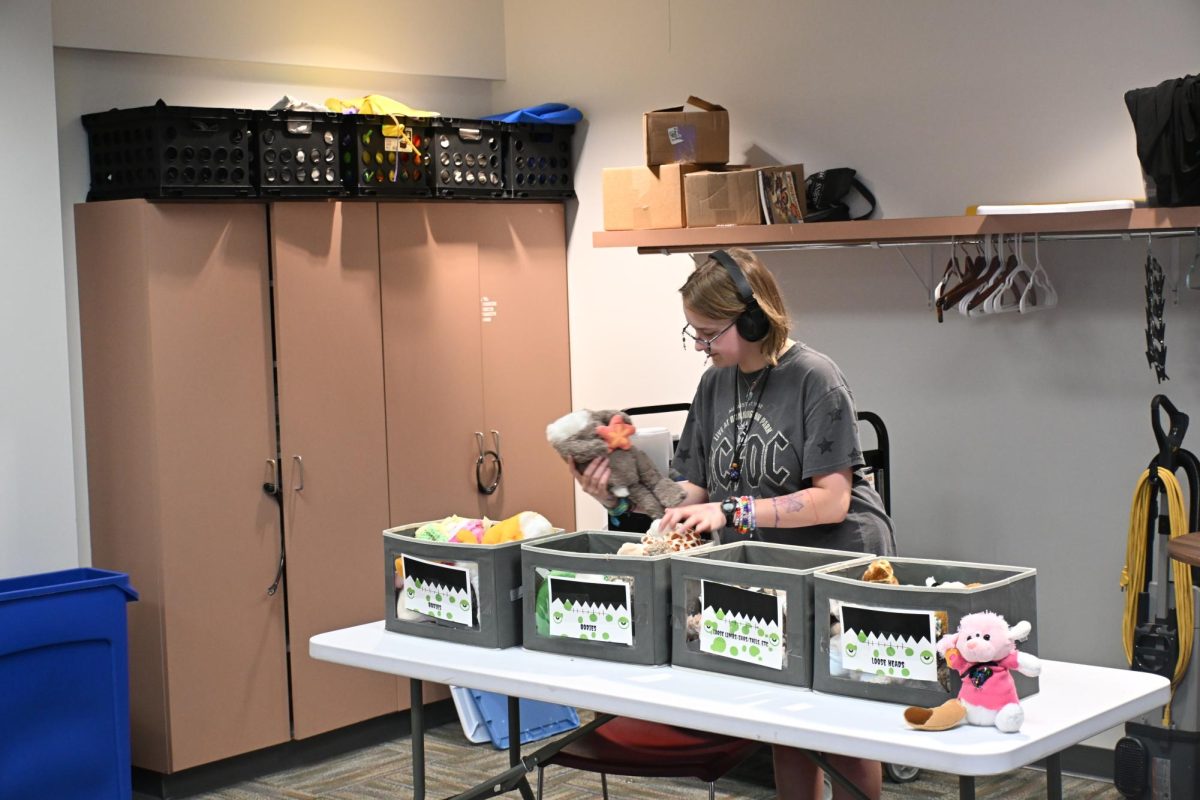The new 12-team College Football Playoff bracket was released last Sunday, Dec. 8. Some teachers and students at Norwalk shared their opinions about the bracket and the new playoff system.
Previously, the college football playoffs featured the four highest-ranked teams in the nation in a bracket-style game. The 1 seed would play the 4 seed, then the 2 and 3 seeds would play each other. But this season, it was expanded to a 12-team playoff, with the four highest-ranked Power 4 conference champions earning a first-round bye. The rest of the seeds would be filled out by the 8 next highest ranked teams in the CFP Playoff Poll.
Blake Bergstrom, a health teacher at Norwalk, said he enjoys this new format, although some adjustments could be made.
“I believe that when the committee established the bracket, it made a lot of sense at the moment,” he said. “ Now that we have officially seen how it is constructed, we see that there is an imbalance with certain teams.
In a traditional bracket format, the highest-seeded teams will play the lowest-seeded teams. But Bergstrom said in this playoff that isn’t the case. He said that it’s unfair for the 1 seed, Oregon, to play either the 8 or 9 seed instead of a lower-seeded team, like 12-seed Clemson, and could result in the 1 seed playing in much tougher games early on.
Locking them into specific areas creates a lot of inequalities,” he said
Bergstrom said that the conference championships played a key role in the bracket.
“I think that is really important so that teams are rewarded for being champions in their own leagues,” he said. “This also ensures that one Group of 5 schools from lower-level conferences also has a shot. This creates equity and balance in the league so that talent does not just flock to the best 12 teams in the nation.”
Nic Jerome, a NASA teacher at Norwalk, said, like Bergstrom, he enjoys the new playoffs but it still has some work to do.
“This allows for a variety of teams from around the nation to make the playoffs,” he said. “ I also like that the first round of the playoffs is held at a team’s home field. That’s the best part of college football, the home atmosphere,” Jerome said. “The part I don’t like is the clear bias toward the Big 10 and the SEC. While it’s hard to knock who was selected this year, you could see the committee picking teams just because of the league they are in, rather than their resume.”
Jerome said popularity was a major factor in seeding the bracket.
“TV viewership and being able to sell out stadiums [played a big role],” Jerome said. “They also had an obligation to protect certain ‘brands’ by giving them better draws within the bracket. If they are able to keep those teams around longer, they can generate more eyes on their product.”
Brady Wilkening, a junior at Norwalk, said there was both good and bad with the bracket.
“I think the committee got the teams right in the bracket, but the order wrong,” Wilkening said. “The auto bids are great, but the auto seeding is clearly a big issue. Boise State should not be the third seed, and by getting a bye, it creates a much easier path for a worse team like Penn State.”
Wilkening said this new format capitalizes on the amount of good teams this year.
“I think the new playoff is great,” he said. “There is a ton of parity in college football recently and an expanded playoff really puts that on display.”



















